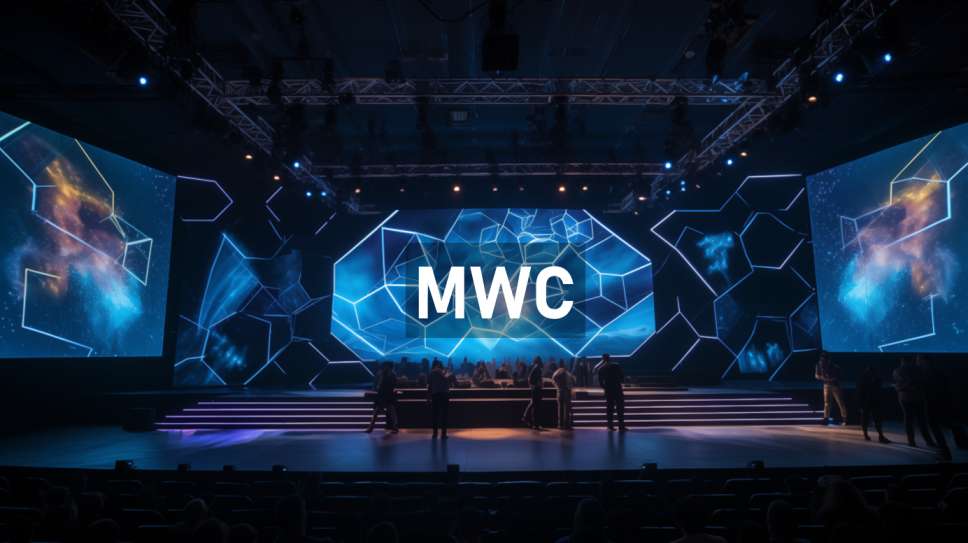
Direzioni and Fenomeni with 5G Network Tester & RF Drive Test Software
Mobile World Congress (MWC) stands out as the preeminent global gathering for the mobile industry, uniting leading mobile operators, device manufacturers, technology providers, and vendors from across the globe. Each year, MWC showcases keynote speeches from industry leaders, cutting-edge mobile technology demonstrations, and discussions on the future trajectory of the industry. So, now let us see How Will the Emerging Trends and Technologies Showcased at MWC 23 Impact the Future of Telecommunications along with User-friendly 5g tester, 5G test equipment, 5g network tester tools and User-friendly LTE RF drive test tools in telecom & RF drive test software in telecom in detail.
The 2023 edition of MWC, organized by the Groupe Speciale Mobile Association (GSMA), concluded with an impressive turnout of over 88,500 in-person attendees from more than 202 countries and territories, making it a truly remarkable event. As MWC 23 drew to a close, the technology and telecom industry gained valuable insights into how upcoming years will shape the telecom service portfolios with newer products, trends, and technologies.
A central theme of MWC 23 was sustainability and the future of enterprise connectivity solutions. In this comprehensive analysis, Calsoft research delves into the top 10 technology trends from the MWC 23 event and examines their potential growth trajectory throughout 2023.
5G Monetization
Monetizing investments in 5G infrastructure is paramount for telcos to maintain a competitive edge. With the enhanced speed and capacity of 5G networks, telcos can introduce new services and products, target enterprise customers, forge strategic partnerships, implement tiered pricing models, and expand into untapped markets. These strategies empower telcos to capitalize on their 5G investments, unlocking novel revenue streams, particularly in industry verticals like Digital Healthcare, Education, and Manufacturing.
A noteworthy demonstration by Vodafone and Ericsson showcased cloud gaming or eSports, underscoring the critical elements essential to 5G monetization, including 5G Standalone, Network Slicing, and Exposure capabilities. These key components facilitate innovative monetization opportunities for Communication Service Providers (CSPs), enhancing network performance and fostering collaboration across various ecosystems such as gaming providers.
Satellite-based Connectivity – Key Enabler for Telcos
A prominent topic of discussion at the event was the pivotal role of satellite connectivity in ensuring ubiquitous connectivity, especially in rural environments. Satellite-based connectivity, or Non-Terrestrial Networks (NTN), emerges as a cost-effective solution to bridge connectivity gaps in remote areas, obviating the need for deploying expensive terrestrial infrastructure.
AI and the Metaverse
The concept of the Metaverse, a virtual reality realm where individuals can interact with each other and digital objects in a simulated environment, emerged as a focal point at MWC 23. Artificial Intelligence (AI) plays a pivotal role in shaping the Metaverse’s development and functionality. AI enables the creation of immersive virtual environments by simulating real-world physics and personalizing the virtual experience for users based on their preferences, interests, and behavior.
vRAN to Accelerate Open RAN Deployments
Virtualized Radio Access Network (vRAN) emerges as a catalyst for open, agile, and scalable network design, epitomized by the Open RAN framework. This innovative approach fosters network openness and intelligence, eliminating vendor lock-in and facilitating rapid network deployments at reduced costs. Initiatives by industry leaders such as Samsung Electronics and Vodafone underscore the momentum behind 5G Open RAN expansion, signaling a paradigm shift in network architecture.
Significance of Edge-to-Cloud Computing
The proliferation of connected devices and IoT applications underscores the importance of edge-to-cloud computing, wherein data processing occurs at the network edge. Real-time processing of data at the network edge is pivotal, especially with the advent of technologies like Google Distributed Cloud (GDC) Edge, empowering Service Providers (SPs) to deploy cloud-native networks in hybrid cloud environments.
Private Networks to Catalyze Industry Verticals
The rise of Private 5G or Enterprise networks presents lucrative opportunities for Service Providers (SPs) to cater to diverse industry verticals. Standalone 5G networks offer unparalleled opportunities for optimizing operations in sectors such as Manufacturing, enabling real-time equipment monitoring, predictive maintenance, and overall efficiency enhancements. Private 5G networks serve as a cornerstone for Industry 4.0 transformations, complementing advancements in Multi-access Edge Computing (MEC), Open RAN, Orchestration, and Automation.
Sustainability in 5G Network Deployment
The rollout of 5G networks necessitates a concerted focus on sustainability, given their pivotal role in driving the digital economy. While 5G networks promise high-speed connectivity and low-latency communication for diverse applications, the deployment of large-scale infrastructure raises environmental concerns. Sustainable practices such as Virtualization, Green Energy, and Circular Economy principles mitigate the environmental impact of 5G networks, ensuring their long-term viability and social responsibility.
Exploration of 6G Technology
While 5G deployment continues worldwide, researchers and industry experts are already exploring the potential applications and technologies underpinning the next generation of wireless networks—6G. Anticipated to offer even faster speeds, lower latency, and greater reliability than 5G, 6G research lays the groundwork for future innovations in wireless communication.
Wi-Fi 7 and Standalone Networks Shaping Private 5G
Beyond cellular technologies, non-cellular solutions like Wi-Fi 7 play a pivotal role in delivering reliable and continuous services. Wi-Fi 7 emerges as a complementary technology for enterprises, aligning with the telco industry’s shift towards an ‘as-a-Service’ approach to value-added solutions. Initiatives such as ZTE’s 5G Fixed Wireless Access (FWA) flagship product underscore the synergies between Wi-Fi 7 and Standalone Networks, propelling the evolution of Private 5G deployments.
eSIMs – Empowering the IoT Sector
With the proliferation of IoT-connected devices, the demand for secure, scalable connectivity has surged. Embedded SIMs (eSIMs) emerge as a game-changer in the IoT sector, offering on-demand connectivity without the need for physical SIM card swaps. eSIMs enable seamless network switching, reduce complexity, and enhance security and privacy, thereby catalyzing innovation in IoT applications.
Conclusion
In conclusion, MWC 23 serves as a testament to the dynamic evolution of the telecom and technology landscape. Key trends such as Private 5G, AI, and the Metaverse are poised to redefine future networks, ushering in an era of digital innovation and sustainability. As stakeholders collaborate to unleash next-generation services, telecom and communication service providers stand poised to capitalize on the myriad opportunities presented by the 5G era, driving transformative change across industries.








